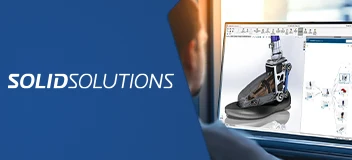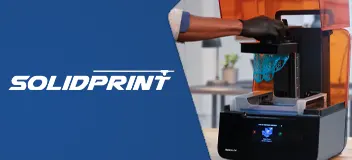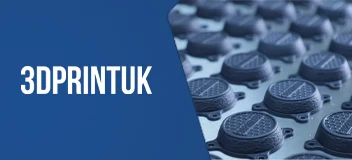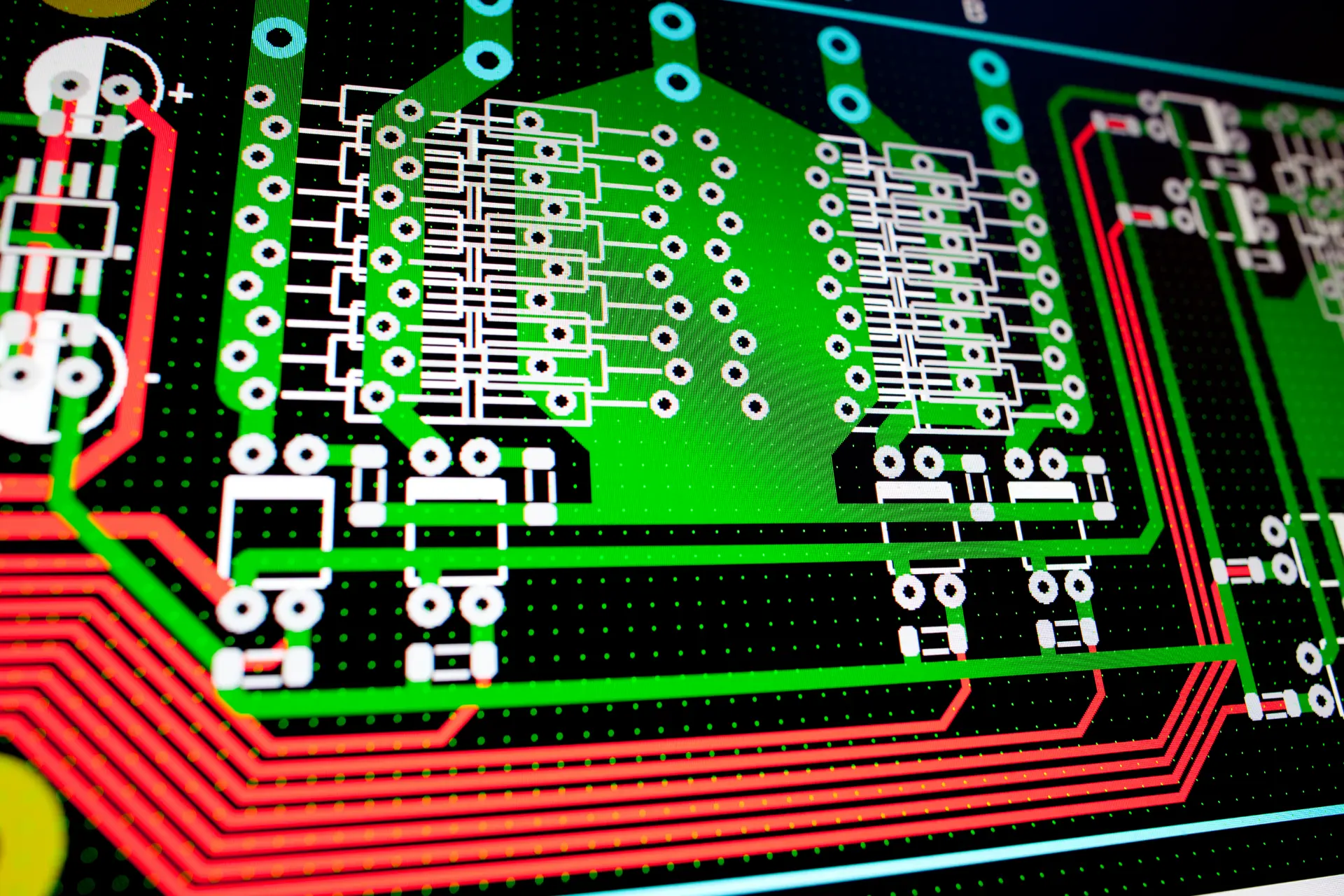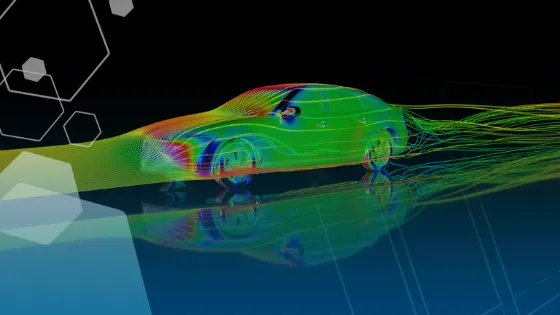How Portable Design Changed Product Design
One of the most interesting aspects of product design and development is observing how certain fields of products change and progress as technology and societies need to increase over time.
A huge aspect that has become increasingly popular over time in the product design, tech, and development field is how products and designs have changed so that they are easily more portable.
Portability has been a huge aspect of product development as product designers are looking for more ways for people to do more with smaller and more compact products for easy on-the-go access.
Below, we’ve listed some of the biggest changes in product design that helped support portability and portable design.
Micro Changes and Portable Design
A big mistake in product development is to assume that when you redevelop your product, you must make a big change for consumers to want to repurchase the newest edition. In fact, following the idea of the ‘MVP,’ sometimes the best changes you can make to your product are the simplest ones.
The idea of micro changes to new products comes from a successful strategy proven to work by big tech companies such as Apple, who are notorious for making small changes to their products but still being successful in their newest releases.
This same tactic is not only limited to having a big company (although a fanbase as loyal as there would be nice!) but works well for any other product business, no matter how big or small!
Micro changes to products have varied from small advanced tech features to more functionalities within the product. A popular way to apply a micro change to your product’s portable design is to simply find a way to make it easier to carry around and use on the go.
Another popular way is to offer more functionality within the size of your product. If possible, add some extra bells and whistles to your product to act as the ‘crème de la crème’ of its main functionality—this is the perfect way to attract audiences and make your product more unique.
Portable Design = Wireless Everything!
If you’re designing a product with a large electrical aspect to it, chances are you might need to plug your product into a power source. Although some products require being plugged in, it can still be a hassle for a majority of audiences who’d like to use their products more easily without the limitations of being attached to a wire and stuck in a small circumference area.
For this reason, product design development has changed through portable design marketing, with new products being “wireless.” A good strategy for improving your product would be to see what is available in terms of power sources. Try redeveloping your product to have simpler sources of power that don’t require wires or a plug-in source – wireless charging and battery run.
Alternatively, researching Bluetooth technology is a good way to make your product more tech-savvy and can give a portable design aspect to your product design.
How PCB Technology Benefits Portable Design
Improved technology has greatly influenced how portable design has changed product design over the past years. Many products, such as phones, computers, and music-listening devices, rely on their electrical components.
Over the past couple of decades, we’ve seen these devices turn from traditional forms of media by existing as large devices into devices that can easily fit into our pockets. There are a number of reasons why technology has changed, but one reason is due to how much PCB technology has improved.
Older devices were limited to using PCBs with only 3 to 4 layers, whereas current-day PCB technology more commonly uses up to 32 layers. With more layers, there is less rooting on the main board of the PCB, leaving the PCB with more room to allow more components to be placed on top.
With electrical devices, the more components that are available to be placed on the PCB, the more opportunity there is for the device to do more.
Additionally, the components that are placed on PCBs have also gotten smaller and more powerful. The smaller a PCB can be, the more compact and powerful electrical devices have the capacity to be, leaving for products that can have multiple functionalities all within one product, making it possible for a portable design to be easily implemented.
If you have a great new invention idea and you’d like to learn more about this process, get in touch with TriMech today and visit our website to find out more. Or feel free to give us a call at 1-888-806-MAKO, and we can set you up on a call with our product strategist!
Have a Product Idea?
Discover our product development services tailored to startups, small manufacturers, and inventors.
Design Newsletter
Get the latest news curated for designers, makers and inventors.
Product Design Experts related to this content:
Discover our team of designers, engineers, project managers, and problem-solvers.
Harsimranjit Kaur, Senior Electronics Designer
Harsimranjit Kaur (Simran Kaur) P.Eng., is a Senior Electronics Designer at TriMech Design in Toronto, Canada, dedicated to transforming innovative ideas into market-ready electronic products.
More from our Blog
Understanding Computational Fluid Dynamics (CFD)
Understanding Computational Fluid Dynamics (CFD) is not as complicated as it may seem, and it may surprise you to see just how often it is…
When Nature Meets Mechanical Engineering
Find out some iconic examples of inspiration for mechanical engineering that references the natural world including animals, insects...where nature meets mechanical engineering!
Why Teaching Design and Tech to Kids is Important
Teaching design and tech to the youth is incredibly important. Learn how TriMech Design helps educate kids in our newest blog.
Need help with your Product Idea?
Tell us about your invention or product design idea and get the help you need design, build and bring it to market



